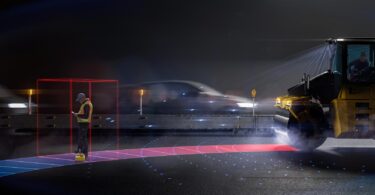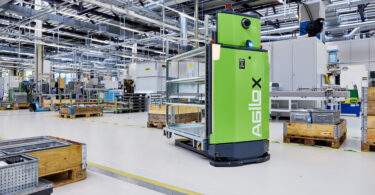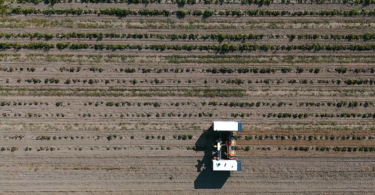Empowering Smarter Manufacturing with IO-Link Communication and LiDAR Precision
As industrial automation advances, two technologies are reshaping the sensor landscape: IO-Link and LiDAR. These innovations are enabling smarter, more connected systems, and driving the next wave of digital transformation in manufacturing.

IO-Link: Intelligent Communication for Smarter Systems
IO-Link is a standardized, point-to-point communication protocol that allows sensors and actuators to exchange data with control systems in both directions. This capability enables real-time diagnostics, remote configuration, and seamless integration into industrial networks.
“IO-Link is no longer a nice-to-have—it’s becoming a must-have,” said Aaron Rothmeyer, product manager for industrial sensors at SICK. “It gives users access to sensor-level data that was previously hidden, unlocking new levels of efficiency and insight.”
With IO-Link, manufacturers benefit from:
- Predictive maintenance through real-time diagnostics
- Simplified device replacement with automatic parameterization
- Greater transparency into machine health and performance
SICK’s IO-Link-enabled sensors are designed to deliver actionable data that supports smarter decision-making and more agile production environments.

LiDAR: Precision Sensing in Complex Environments
LiDAR (Light Detection and Ranging) is gaining momentum for its ability to provide high-resolution distance measurements and 3D mapping. It excels in dynamic environments where traditional sensors may fall short.
“LiDAR brings a level of precision and spatial awareness that’s critical for today’s flexible automation systems,” Rothmeyer explained. “It’s especially valuable in applications like mobile robotics, logistics, and safety.”
SICK’s LiDAR solutions are engineered for reliability in challenging conditions—whether it’s dust, ambient light, or reflective surfaces—making them ideal for:
- Collision avoidance in AGVs and AMRs
- Object detection in logistics and warehousing
- Profile measurement in quality control

The Power of Integration
When IO-Link and LiDAR are combined, they create a powerful foundation for smart manufacturing. IO-Link provides the communication infrastructure, while LiDAR delivers spatial intelligence. Together, they enable:
- Scalable sensor networks
- Real-time data-driven decisions
- Seamless integration into Industry 4.0 architectures
“The synergy between IO-Link and LiDAR is what makes them so exciting,” Rothmeyer added. “Together, they help manufacturers build systems that are not just automated—but intelligent.”
At SICK, we’re committed to advancing sensor technology that empowers our customers to innovate with confidence. By embracing IO-Link and LiDAR, we’re helping shape the future of smart sensing.





